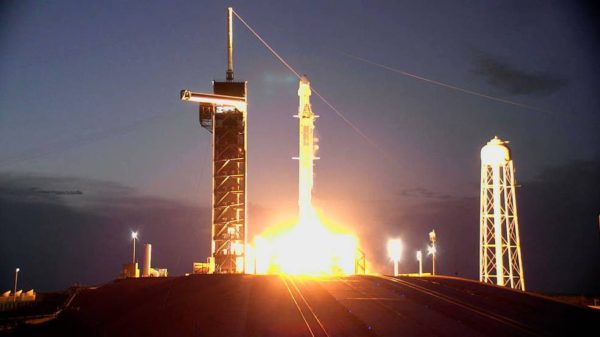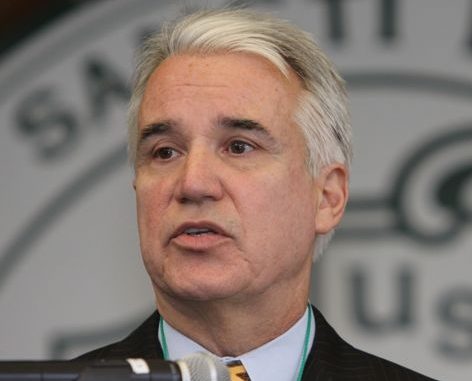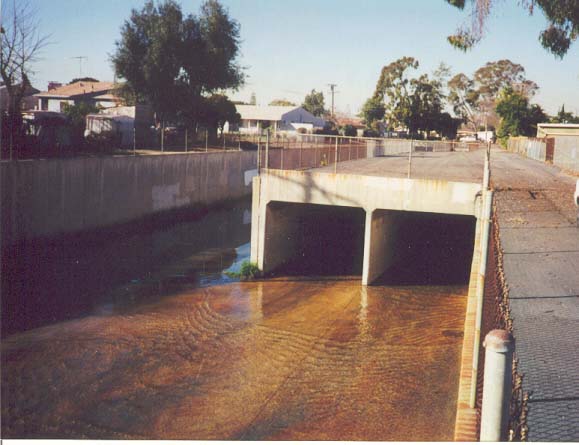Hawthorne-based SpaceX launched its 25th resupply mission to the International Space Station Thursday evening, carrying nearly three tons of cargo, supplies and scientific experiments.
The SpaceX Falcon 9 rocket launched from Cape Canaveral in Florida at about 5:45 p.m. California time, propelling a Cargo Dragon spacecraft to the station under a continuing resupply contract with NASA.
Following the launch, SpaceX landed the first stage of the Falcon 9 rocket on a barge — named “A Shortfall of Gravitas” — floating in the Atlantic Ocean for re-use in future missions.
The first stage of the rocket used in Thursday’s launch has flown four previous missions. The Dragon capsule carrying the cargo has been to the International Space Station twice previously.
The Dragon capsule is scheduled to reach the space station at 8:20 a.m. California time Saturday.
Among the roughly 5,800 pounds of cargo aboard the Dragon is a NASA instrument — developed at Jet Propulsion Laboratory in Pasadena — designed to analyze dust in the atmosphere to determine how it might affect the environment and climate.
The Earth Surface Mineral Dust Source Investigation, or EMIT, instrument will gather data over the course of a year, measuring the composition of dust around the globe.
NASA officials said strong winds annually lift more than 1 billion metric tons of mineral dust from Earth’s deserts and other dry regions into the atmosphere.
The goal of the EMIT program is to analyze the dust and determine if it has any heating or cooling impact on Earth and whether it plays any role in natural processes such as cloud formation.







